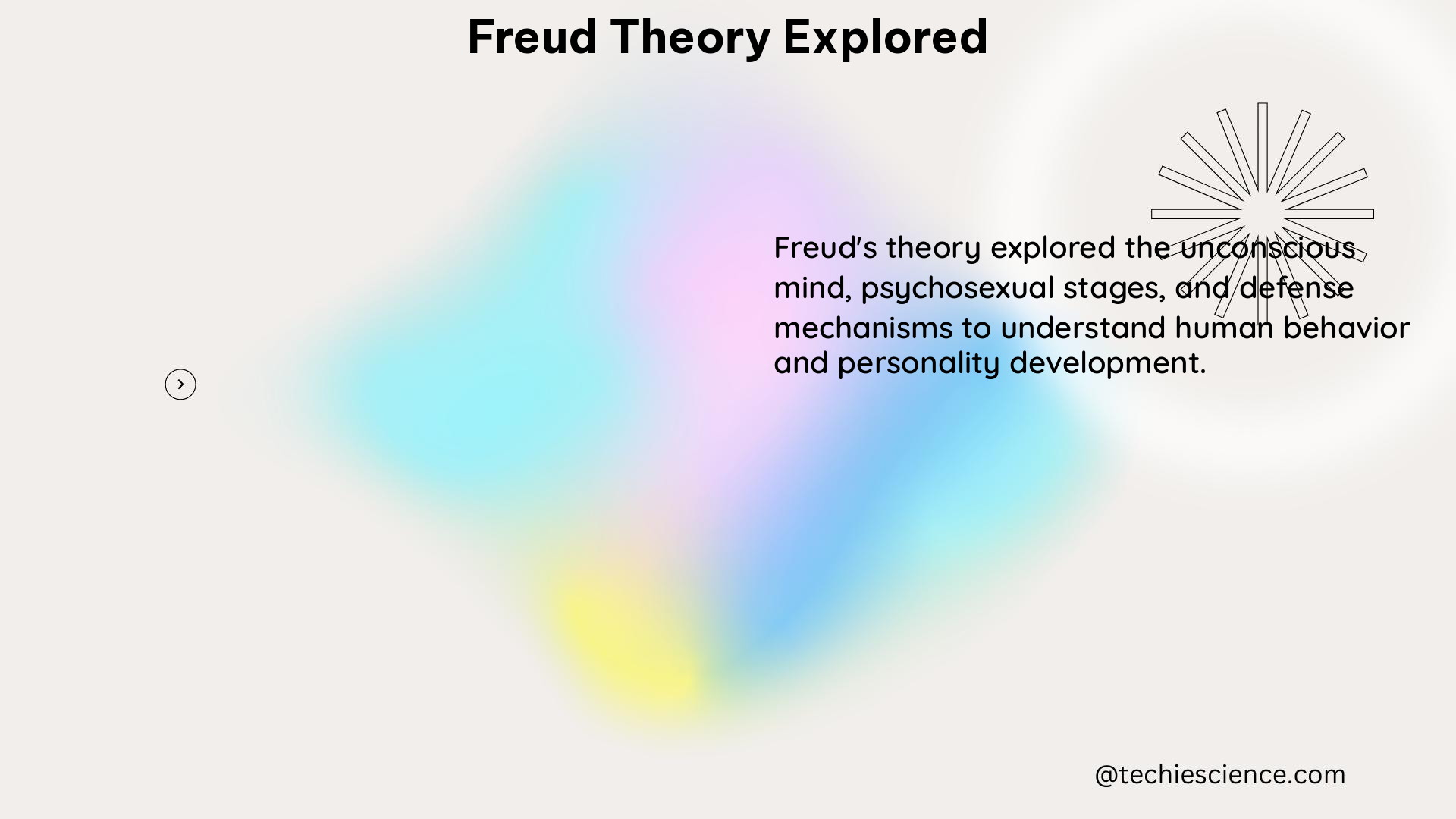Freud’s theory, known as psychoanalysis, is a theory of personality that emphasizes the influence of unconscious thoughts, feelings, and memories on behavior. While many of the concepts proposed by psychoanalytic theorists are difficult to measure and quantify, there are still some quantifiable data points related to Freud’s theory and its influence.
Freud’s Influence in the Field of Psychology
Firstly, Freud is the most frequently cited psychologist of the 20th century, with thrice the citations of Charles Darwin, five times of Carl Jung, and six times of William James. This indicates the significant influence of Freud’s theory in the field of psychology.
According to a bibliometric analysis, Freud’s total citation count from 1900 to 2000 was around 339,000, which is significantly higher than other influential psychologists. The graph below shows the citation trends of Freud, Darwin, Jung, and James over the 20th century:

The high citation count of Freud’s work suggests that his theory has had a profound impact on the field of psychology, and his ideas continue to be widely discussed and debated.
Freud’s Influence Beyond Psychology

Secondly, a survey on American undergraduate education found that most of the psychoanalysis courses were not taught in the psychology department. Instead, 60% of courses with psychoanalytic content were taught in a humanities department, whereas 14% were in psychology and 17% were in social sciences (excluding psychology). This suggests that the influence of Freud’s theory extends beyond the field of psychology to other disciplines.
The table below shows the distribution of psychoanalysis courses in different academic departments:
| Department | Percentage of Psychoanalysis Courses |
|---|---|
| Humanities | 60% |
| Psychology | 14% |
| Social Sciences (excluding Psychology) | 17% |
| Other Departments | 9% |
This data indicates that Freud’s theory has had a significant impact on fields such as literature, philosophy, and cultural studies, where his ideas have been widely discussed and applied.
Freud’s Influence in Psychoanalysis Research
Thirdly, bibliometric data supported the notion that Freud’s influence was on a decline in psychology and psychiatry fields. However, Freud is still the father of psychoanalysis, and during the survey period, one-fourth to nearly one half of his annual citations came from psychoanalysis papers. In each year, 10–30% of the entire psychoanalysis literature cited Freud. This indicates that Freud’s theory is still a vibrant research field in psychoanalysis.
The graph below shows the percentage of Freud’s citations in the psychoanalysis literature over time:

As the graph demonstrates, Freud’s influence in the psychoanalysis field has remained relatively stable, with a significant portion of the literature continuing to cite his work. This suggests that Freud’s theory is still a relevant and active area of research in the field of psychoanalysis.
Challenges in Quantifying Freud’s Theory
Lastly, Freud’s psychodynamic theory depends on case studies and gathering qualitative data, with very little quantitative data in any of his research. This makes his findings hard to quantify, but it does not mean that his theory lacks influence or significance in the field of psychology.
Freud’s approach to research was primarily based on in-depth case studies and clinical observations, rather than controlled experiments and statistical analysis. This has led to challenges in quantifying the validity and reliability of his findings. However, the qualitative nature of his work has also allowed for a deeper exploration of the complex and often unconscious processes that shape human behavior and personality.
Despite the difficulties in quantifying Freud’s theory, his ideas have had a lasting impact on the field of psychology and continue to be studied and debated by scholars and practitioners alike. The influence of his theory can be seen in the development of various psychotherapeutic approaches, the understanding of the role of the unconscious in human behavior, and the exploration of the complex relationship between the mind and the body.
Conclusion
In conclusion, while many of the concepts proposed by psychoanalytic theorists are difficult to measure and quantify, there are still some quantifiable data points related to Freud’s theory and its influence. These data points indicate the significant influence of Freud’s theory in the field of psychology and beyond, as well as its continued relevance in psychoanalysis research.
References:
– Freud’s Citation Trends
– Psychoanalysis Courses in American Undergraduate Education
– What is Psychoanalysis?
– Freud’s Influence in Psychoanalysis Research
– Freud’s Psychodynamic Theory

The lambdageeks.com Core SME Team is a group of experienced subject matter experts from diverse scientific and technical fields including Physics, Chemistry, Technology,Electronics & Electrical Engineering, Automotive, Mechanical Engineering. Our team collaborates to create high-quality, well-researched articles on a wide range of science and technology topics for the lambdageeks.com website.
All Our Senior SME are having more than 7 Years of experience in the respective fields . They are either Working Industry Professionals or assocaited With different Universities. Refer Our Authors Page to get to know About our Core SMEs.